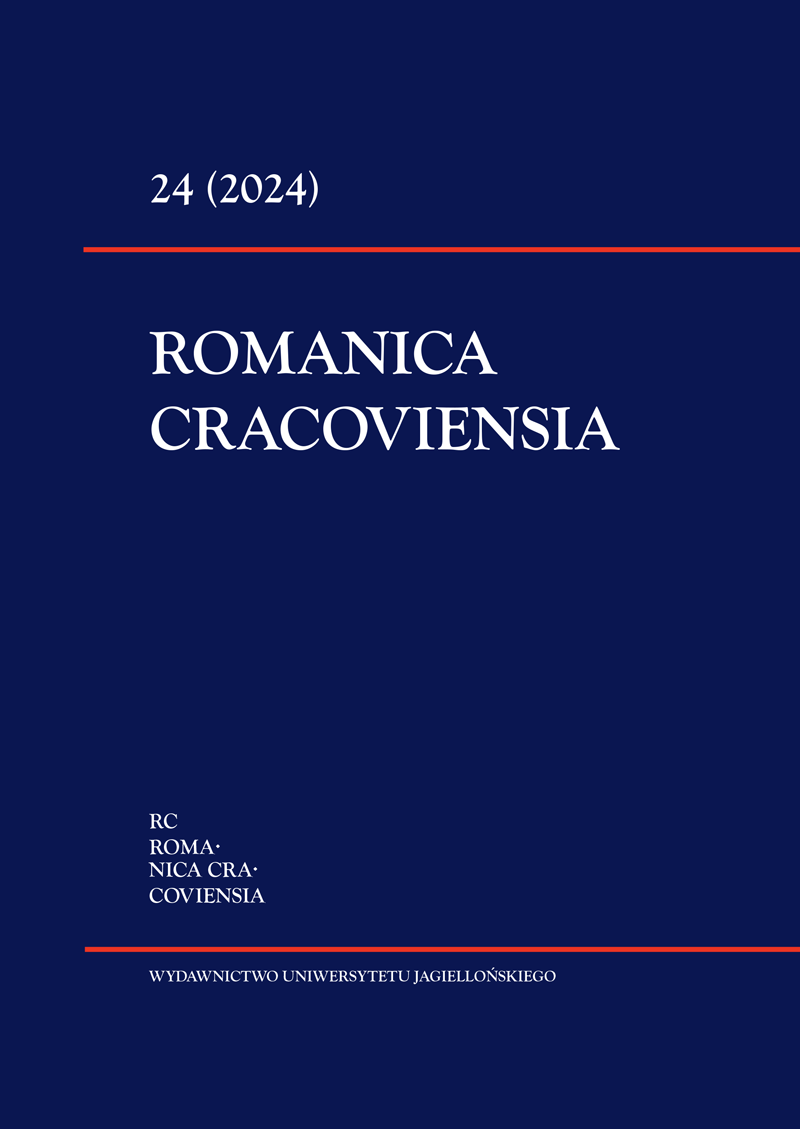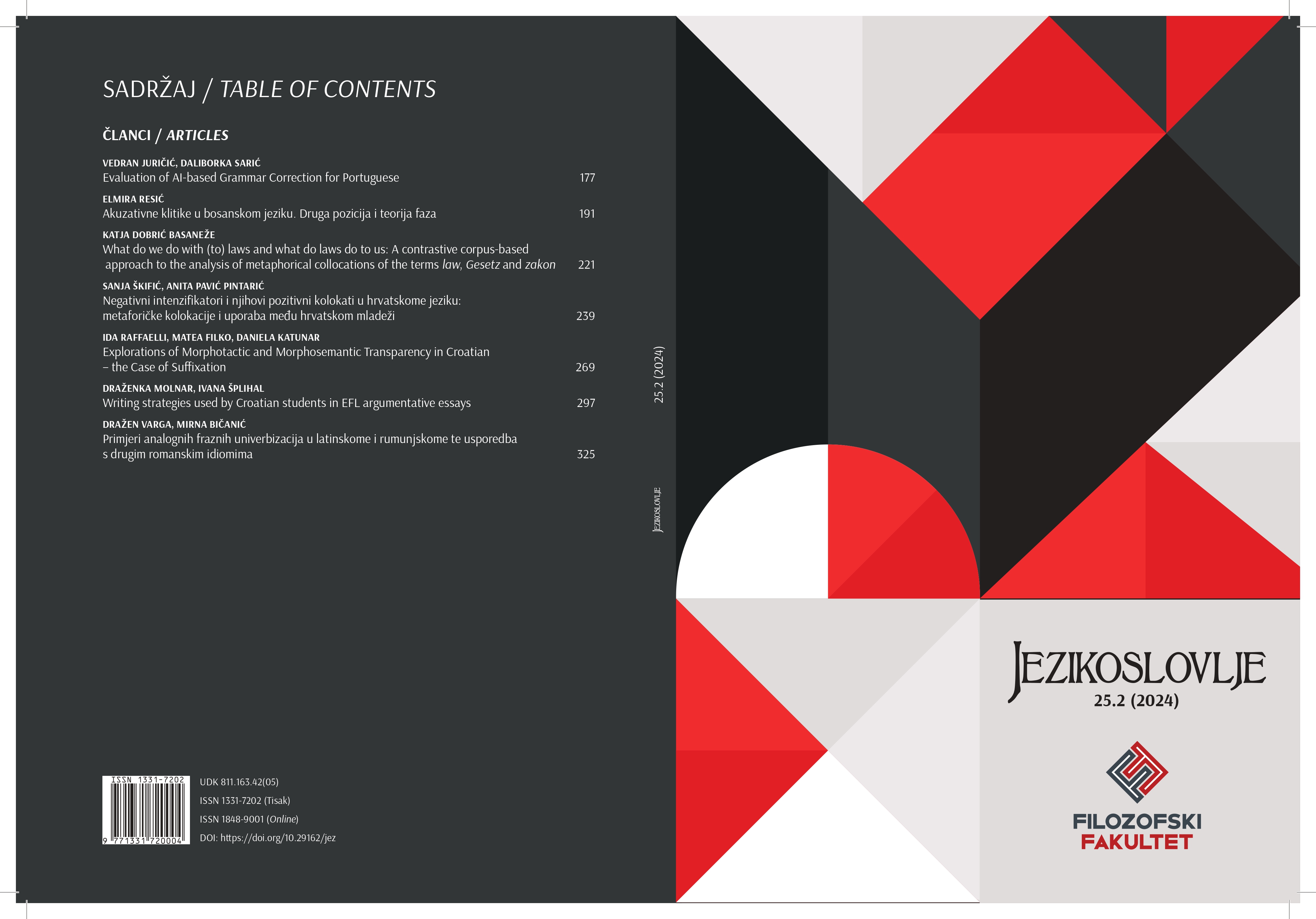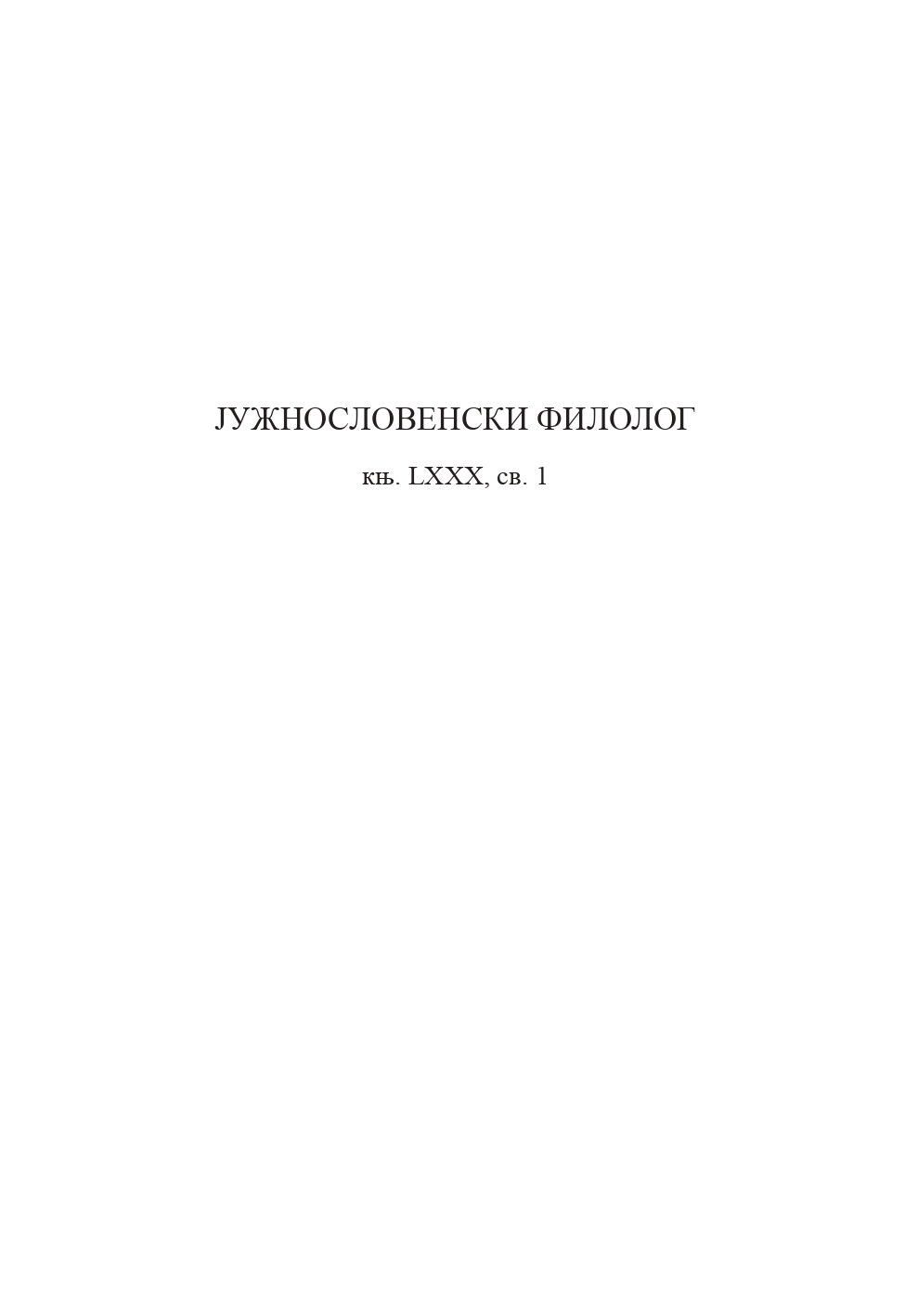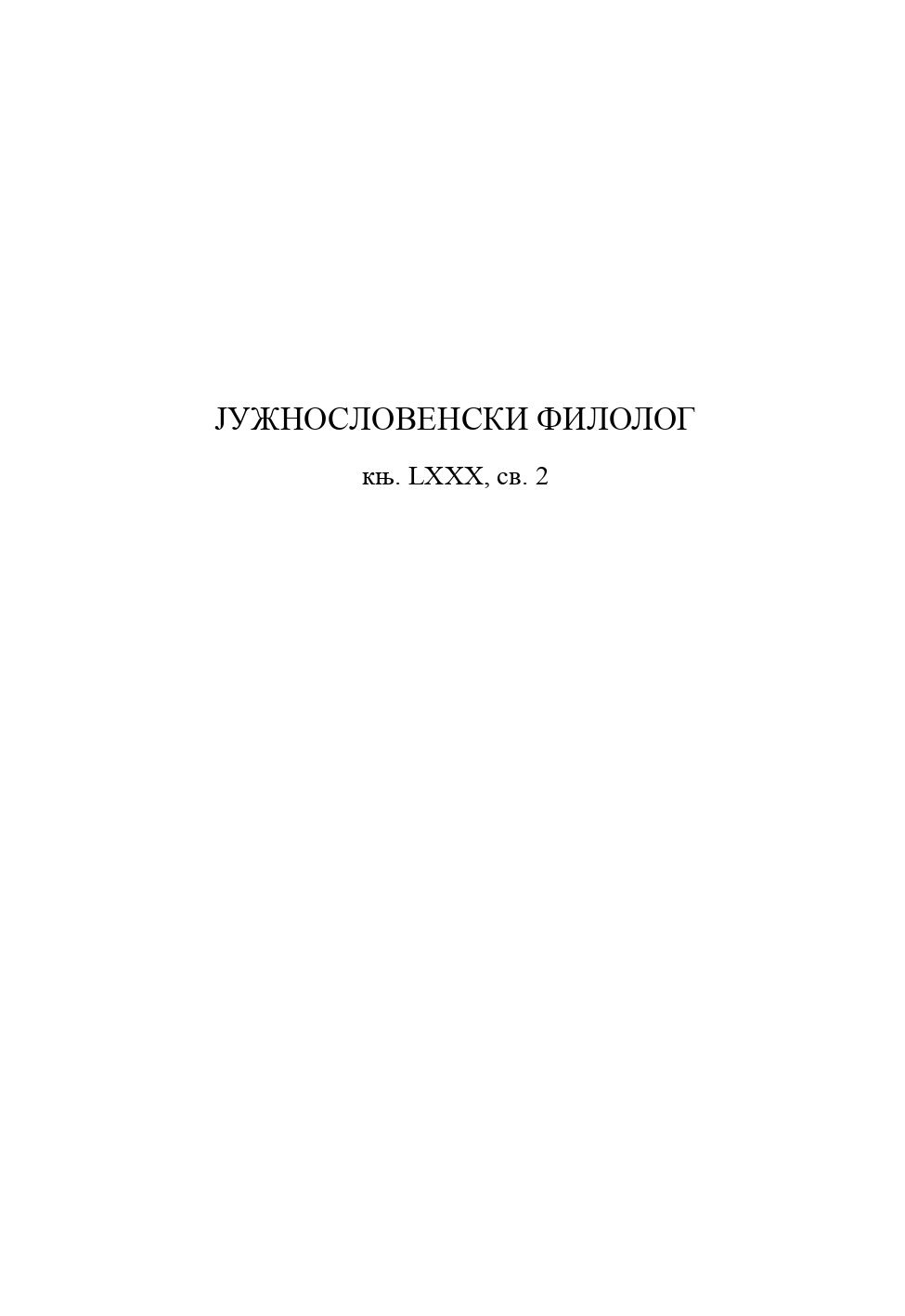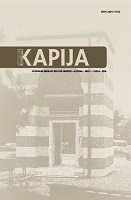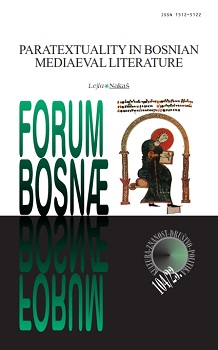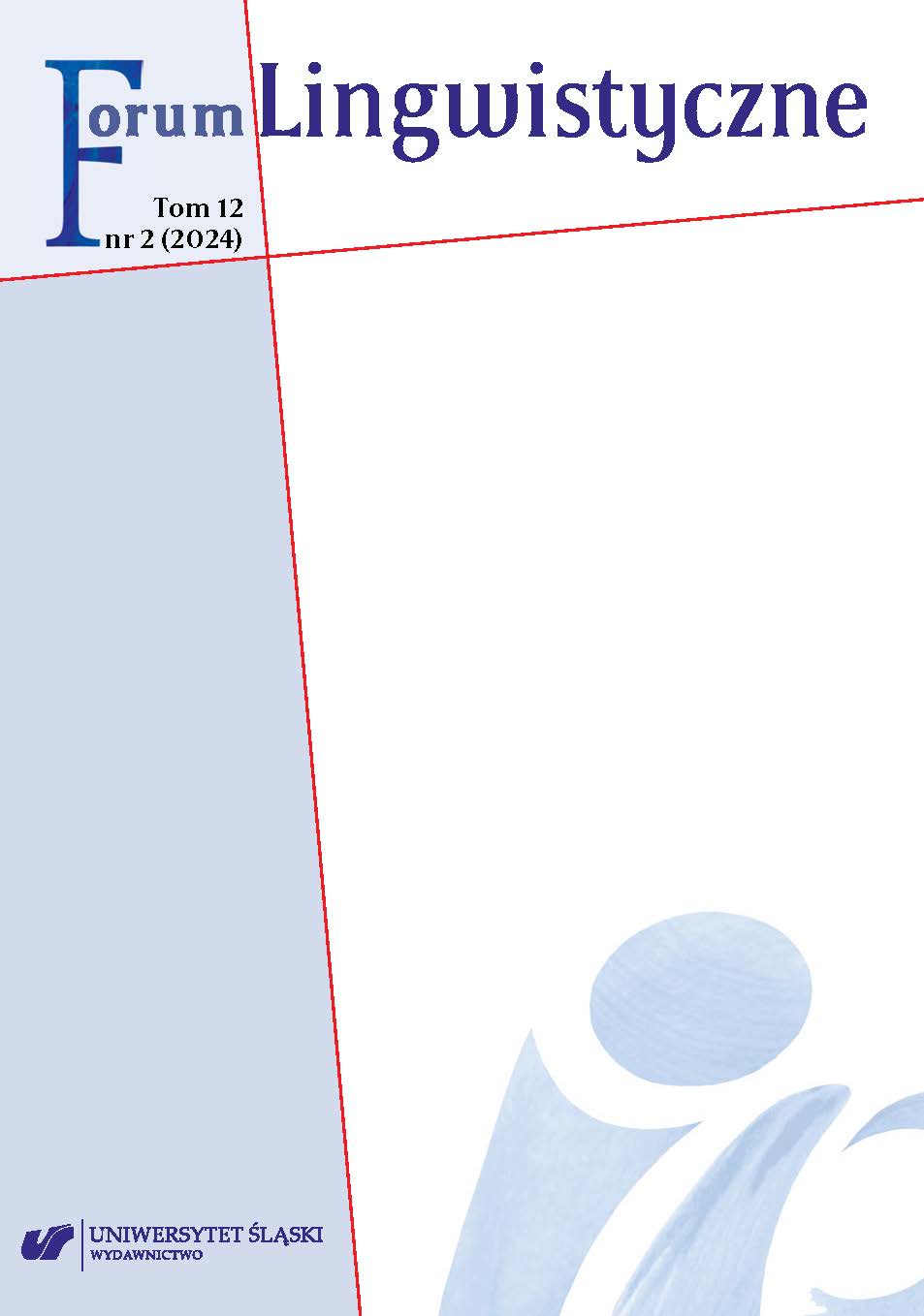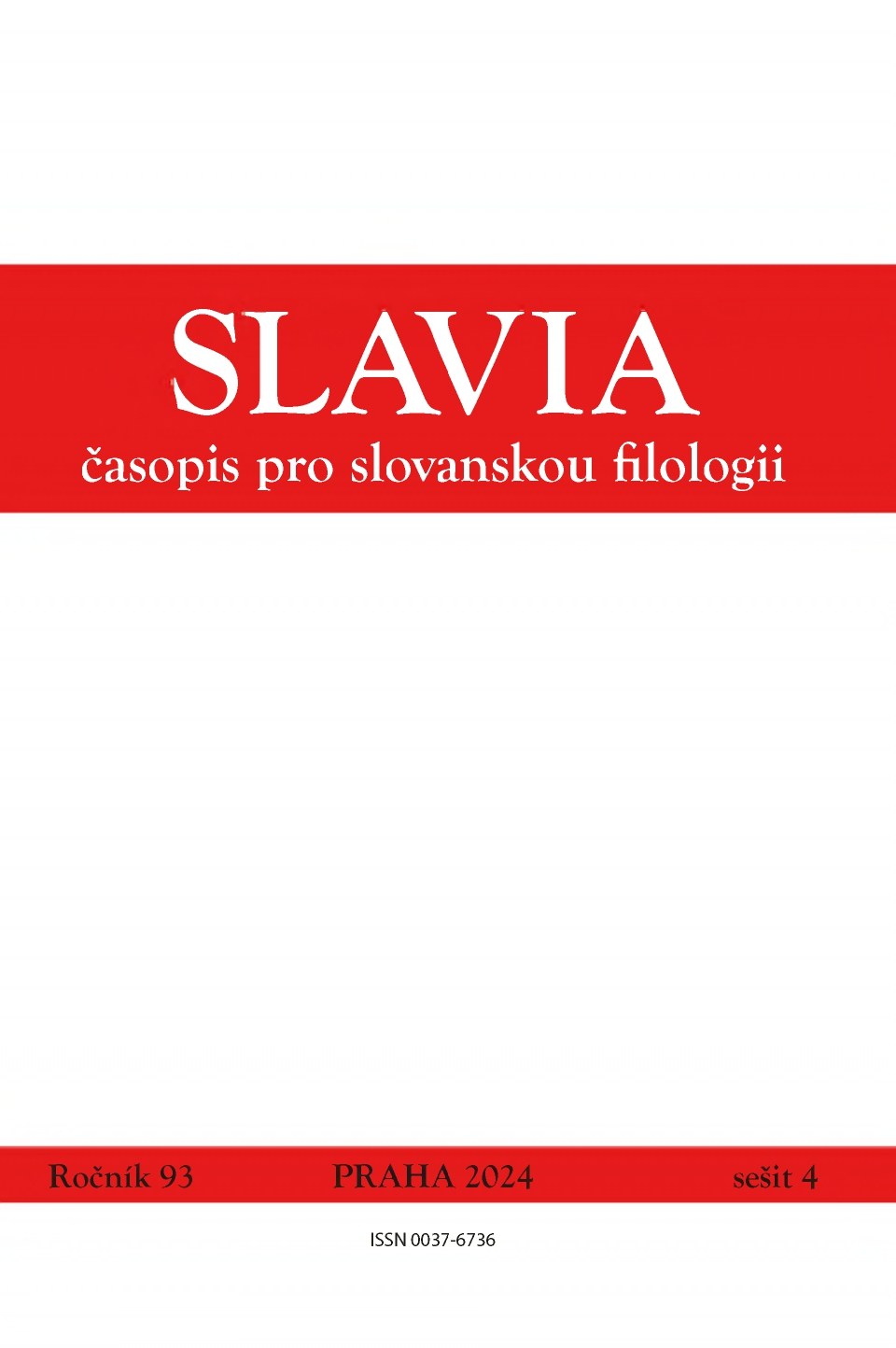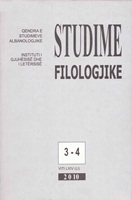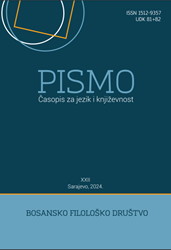Author(s): Aleksandar Loma / Language(s): Serbian
Issue: 2/2024
In the Serbo-Croatian dialects the Common Slavic word for ‘iron’ *želězo occupies a peripheral position, whereas in the central Štokavian area it was supplanted by gvozdje > gvožđe. In Old Serbian literature želězo occurs mainly in the Slavonic texts translated from Greek, where it renders such notions as ‘point of a spear’, or in the plural form želěza ‘fetters’. Its only mention in a text written in Old Serbian spoken language is found in Dušan’s Code; the article in question deals with the ordeal of red-hot iron and has a close phraseological match in the Russian Justice manuscript, which suggests that its wording goes back to an oral formula of Slavic customary law. Otherwise, since at least the 14th century, želězo has been an archaism surviving in the toponymy across the major part of Serbian lands. Some toponymic instances, however, are assumed to have been imported from other Slavic lands, such as Železnik, a medieval mine near Belgrade, attested since 1358; it may be interpreted as hav-ing arisen through univerbation from a descriptive denomination *želězьnъjь potokъ ‘iron stream’, but also from a possessive noun phrase *potokъ želěznikь ‘ironsmiths’ stream’, i.e., the one by which their hammer mills were situated, where the second element is the old genitive plural of *želěznikъ ‘ironsmith’, which is homophonous with its nominative singular form. The word železník in this sense, apparently calqued on Middle High German îsensmit, is attested in Old Czech, wherefrom it appears to have spread to Slovenia (place name Železniki) and perhaps also to the medieval Serbia, where the development of mining can be traced back to the mid-thirteenth century owing to the German settlers (OSerb Sasi, ‘Saxons’); presumably a part of them originated from the Czech lands; at least their fi rst settlement on the Serbian soil, Brskovo, seems to have been named after Brzkov in the mining district around Jihlava (Iglau), on the historical border between Bohemia and Moravia. The newcomers spoke Middle High German, but probably not without some Slavic admixtures based on the bilingualism that had taken hold in their native country. In the medieval Serbia, ironsmiths used to be designated simply as ‘smiths’, kovačje, and the designation of both dug and wrought iron was gvozdje, with the adjective gvozděn. Etymologically, OSerb gvozdje n. ‘iron’ is the Common Slavic word *gvozdь, *gvozdьjь ‘nail, peg’, whose plural *gvozdьje was reshaped into a secondary collective in *-ьje, with a semantic switch usually explained by the development ‘wooden nails’ > ‘iron nails’ > ‘iron’. However, the mention of gvozdje in the Mining Code issued in 1412 by Serbian Despot Stefan Lazarević points in another direction. The word refers there to what is in German Bergeisen ‘miner’s picks’ or, more precisely, ‘wedges’, i.e., their wedge-shaped iron heads. In the same meaning the shortened form Eisen, MHG îsen is used, which basically means ‘iron’. In all likelihood, this double meaning of îsen in the technical terminology of German miners triggered the semantic change of OSerb gvozdje from ‘nails, wedges’ to ‘iron’.
More...
